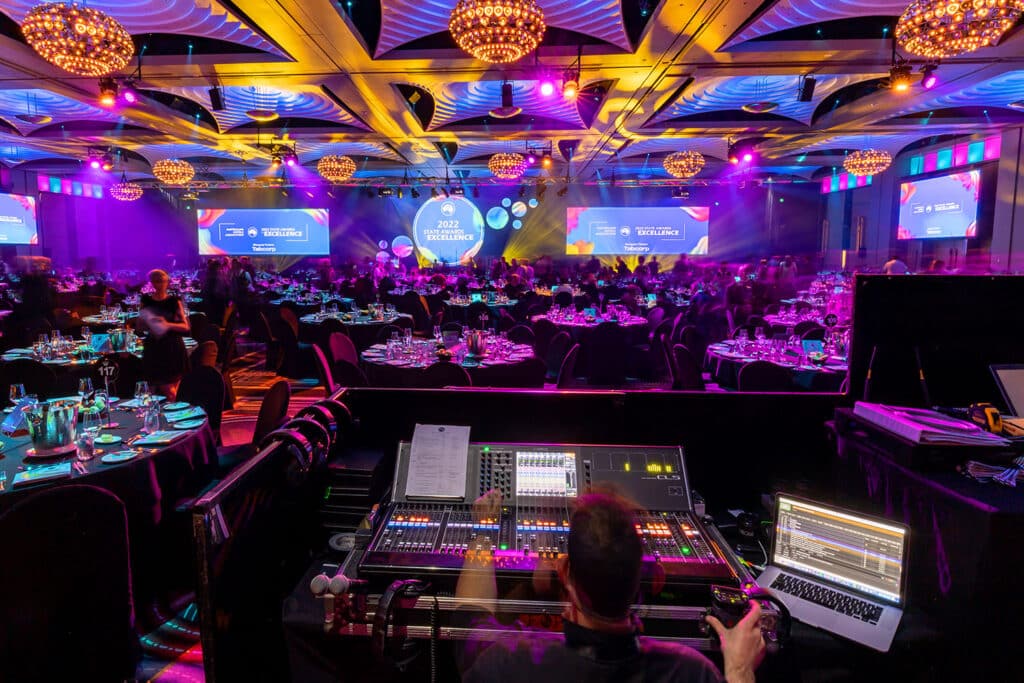Choosing the Optimal Dot Pitch for Maximum LED Display Performance
Choosing the Optimal Dot Pitch for Maximum LED Display Performance
Blog Article

When it pertains to LED walls, one of the most elements to consider is pixel pitch. Pixel pitch refers to the space between the cores of two adjacent pixels on an light-emitting diode display. This measurement is usually expressed in millimeters. Understanding pixel pitch is crucial because it explicitly affects the clarity and definition of the images displayed. A reduced pixel pitch indicates that the pixels are nearer together, resulting to a greater resolution, while a bigger pixel pitch yields in a diminished resolution. Thus, selecting the right pixel pitch is essential for achieving optimal LED wall performance.
The choice of pixel pitch often depends on the viewing distance. For example, if the light-emitting diode wall is intended to be viewed from a distance, a larger pixel pitch may be suitable. This is due to the fact that the human eye cannot easily discern individual pixels when they are farther away. On the contrary hand, if the wall will be observed up nearby, a reduced pixel pitch is necessary. In scenarios such as indoor events, where attendees are usually nearer to the screen, a smaller pixel pitch will provide a crisper and more distinct image. Therefore, understanding how sight distance impacts pixel pitch is key to making an educated choice.
Another crucial factor is the planned use of the light-emitting diode wall. Different applications, such as promotion, concerts, or conference presentations, may necessitate different pixel pitches. For example, an light-emitting diode wall used for advertising in a shopping mall may gain from a pixel pitch that allows for vibrant colors and high detail so that it captures the attention of passing shoppers. Conversely, an outdoor LED wall used at a concert may prioritize brightness and visibility rather than resolution, permitting for a larger pixel pitch. Therefore, the particular context in which an LED wall will be used is vital for determining the appropriate pixel pitch.
Cost is also a significant consideration when selecting pixel pitch. Generally, LED displays with reduced pixel pitches often to be more expensive due to the increased density of pixels and the advanced technology needed for production. Although it may be enticing to choose a high-resolution display with a reduced pixel pitch, financial constraints frequently flexible led wall designs necessitate a balance between quality and cost. Businesses should assess their needs and determine how much they are willing to spend in an LED wall, ensuring that the pixel pitch matches with their budgetary capabilities while still satisfying performance expectations.
Ultimately, it is crucial to take into account the maintenance and longevity of the light-emitting diode wall when choosing pixel pitch. Displays with reduced pixel pitches can sometimes be more fragile and may need more meticulous handling and maintenance. Regular maintenance is necessary to ensure that the display functions effectively over time. Understanding the maintenance needs and potential issues associated with varied pixel pitches can help organizations make a more informed choice. By taking into account all these elements, including sight distance, planned use, budget, and maintenance, one can choose the ideal pixel pitch for optimal LED wall performance.